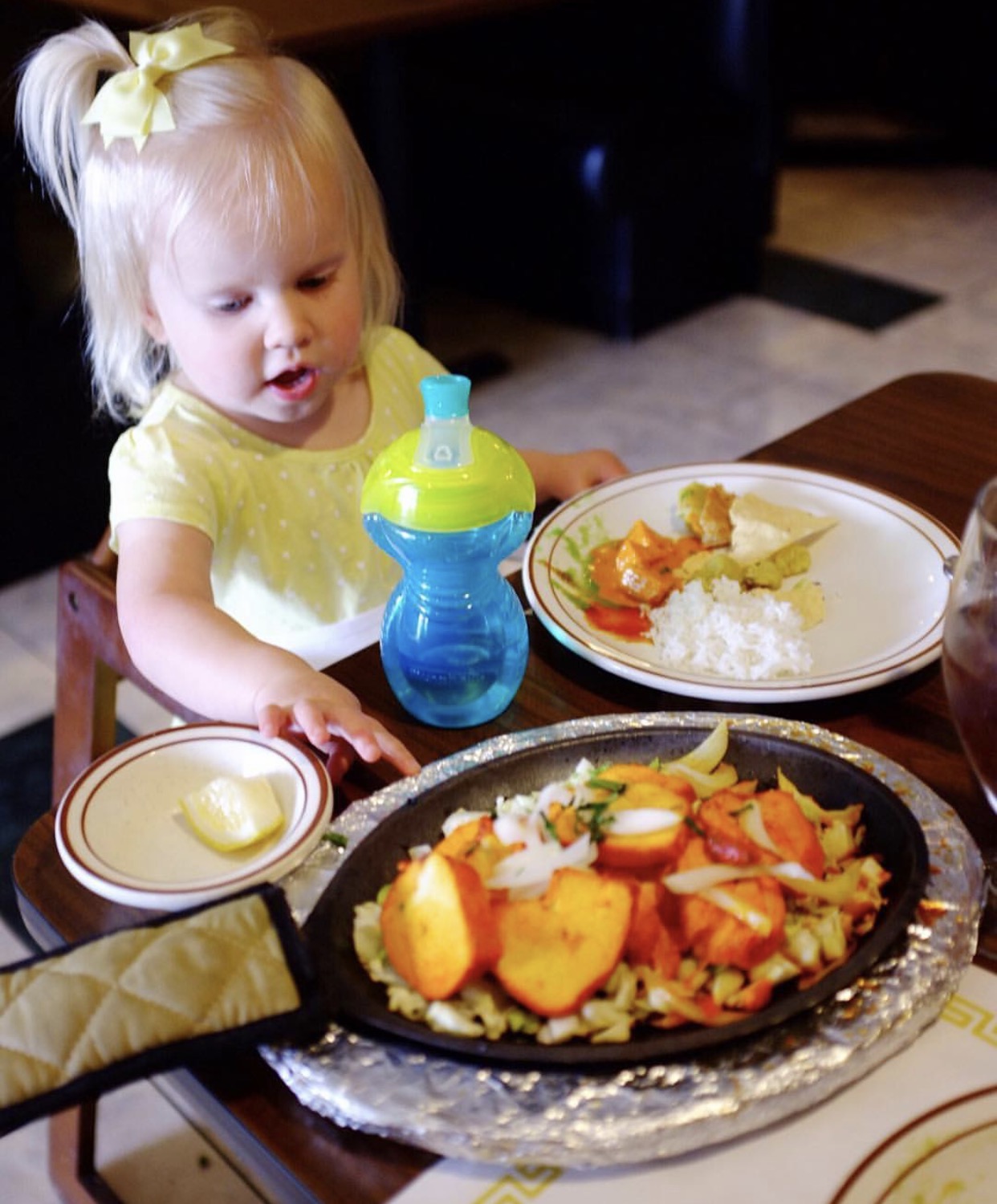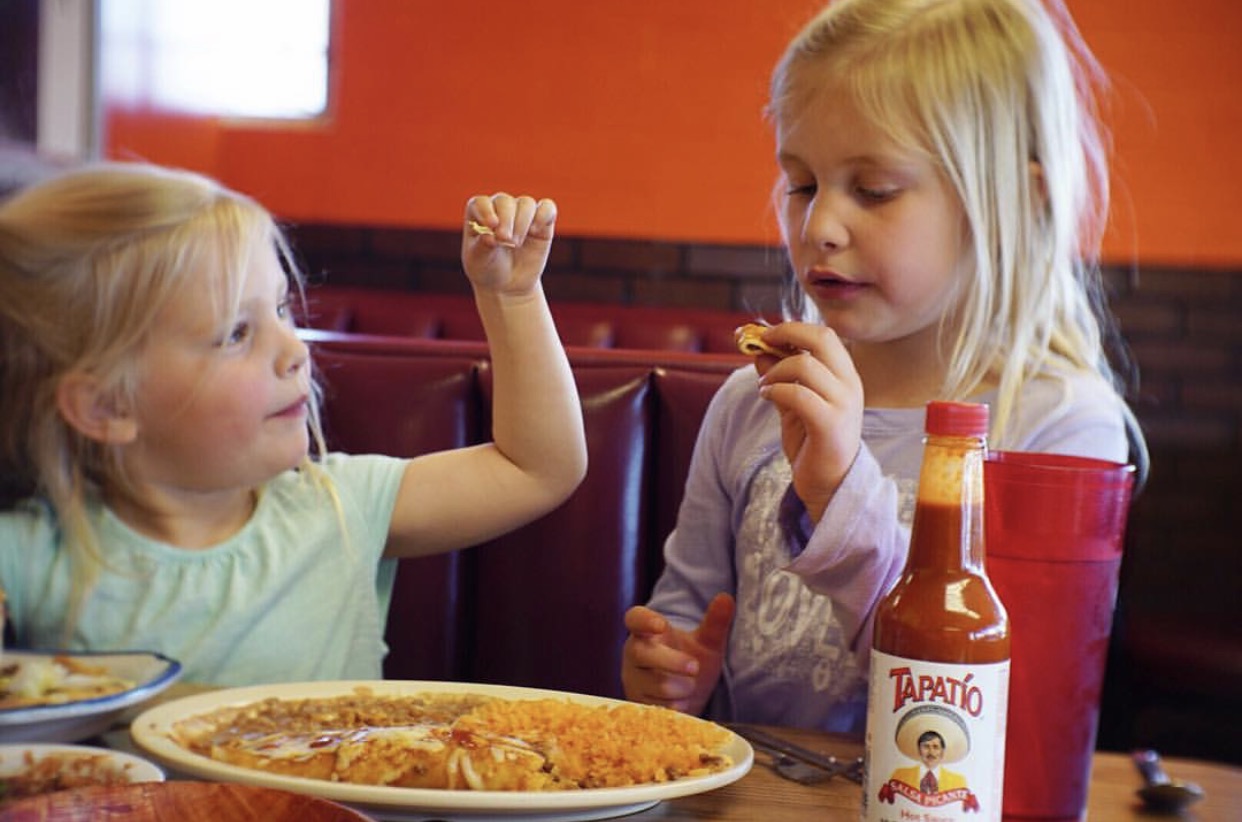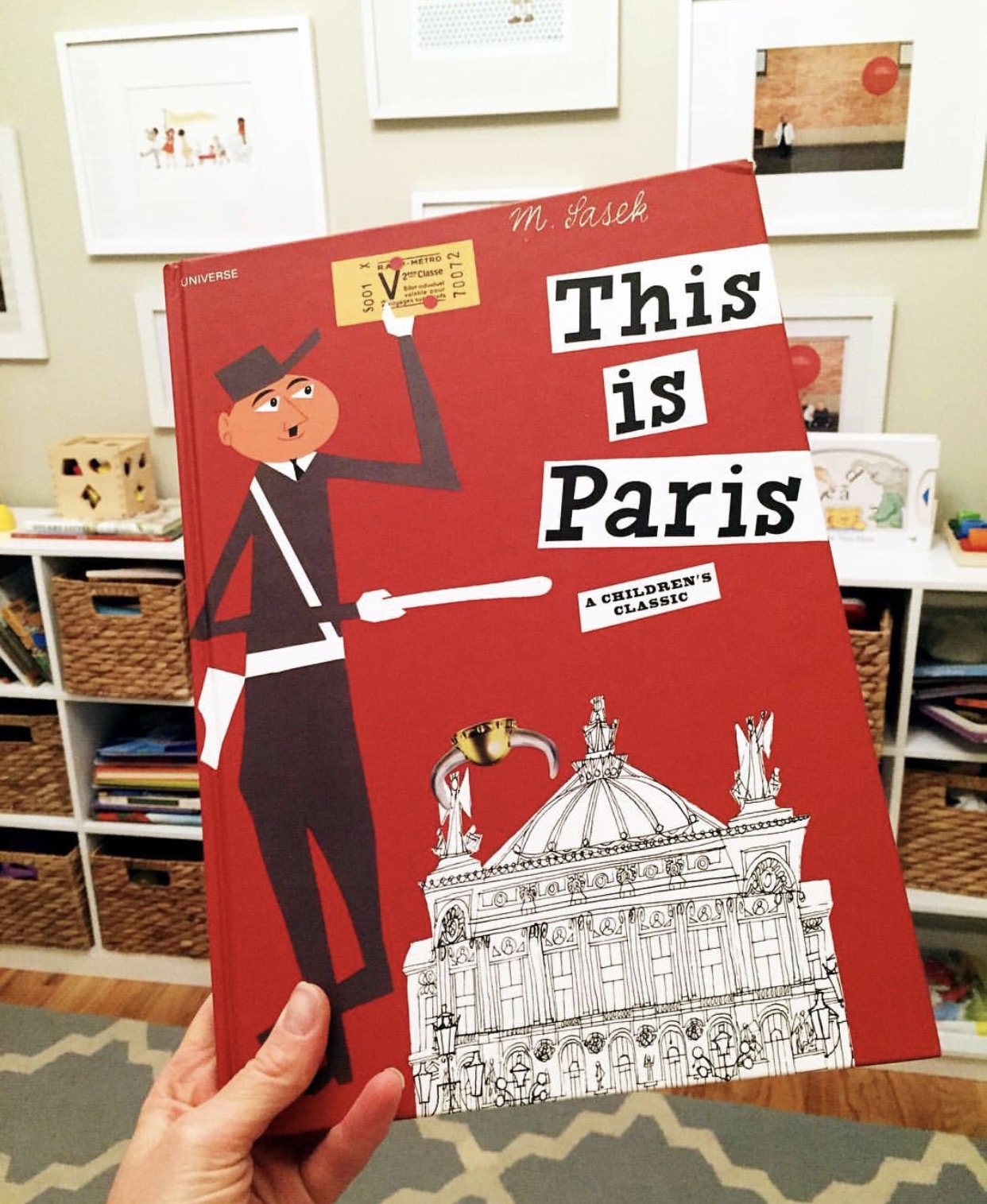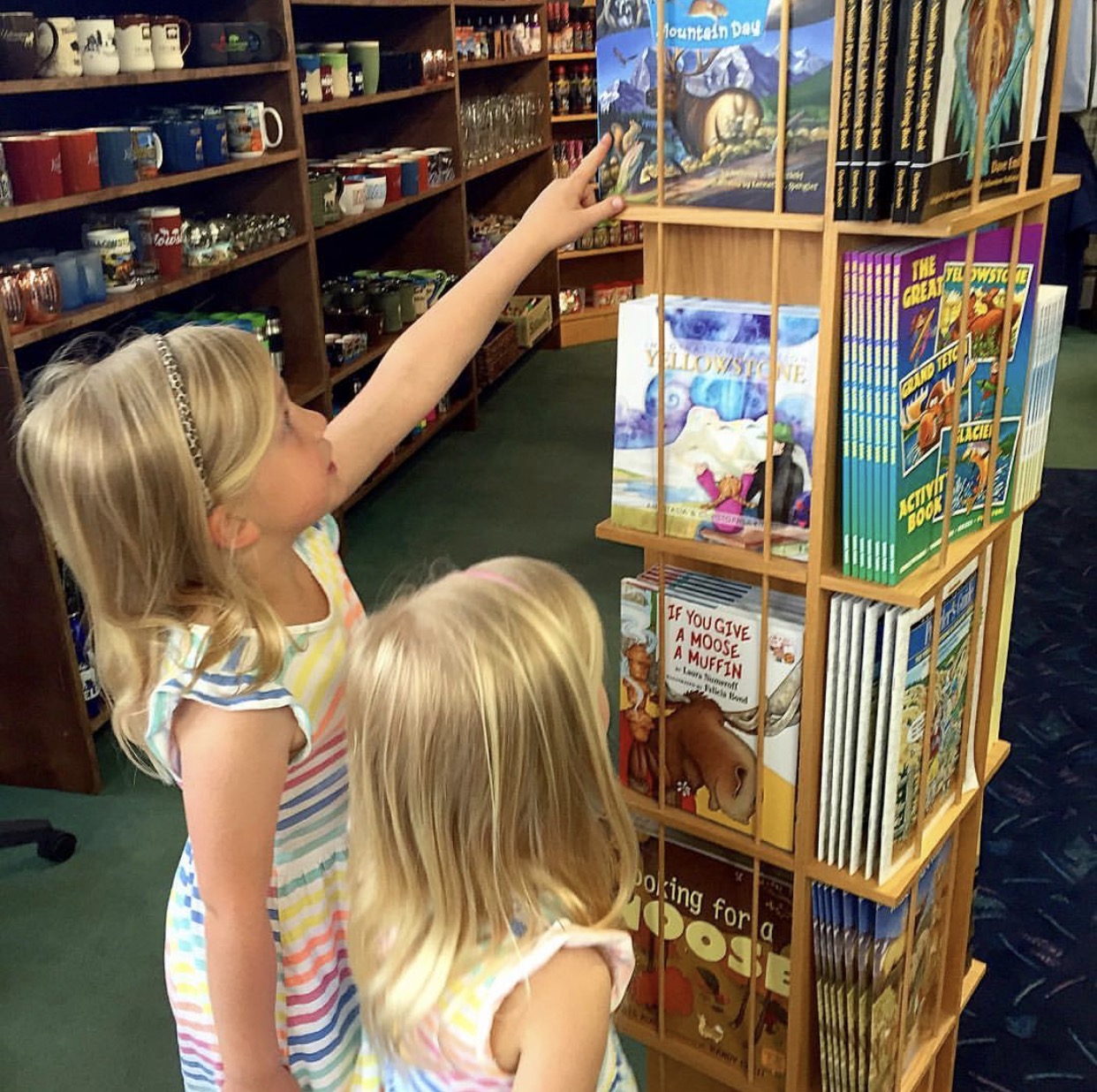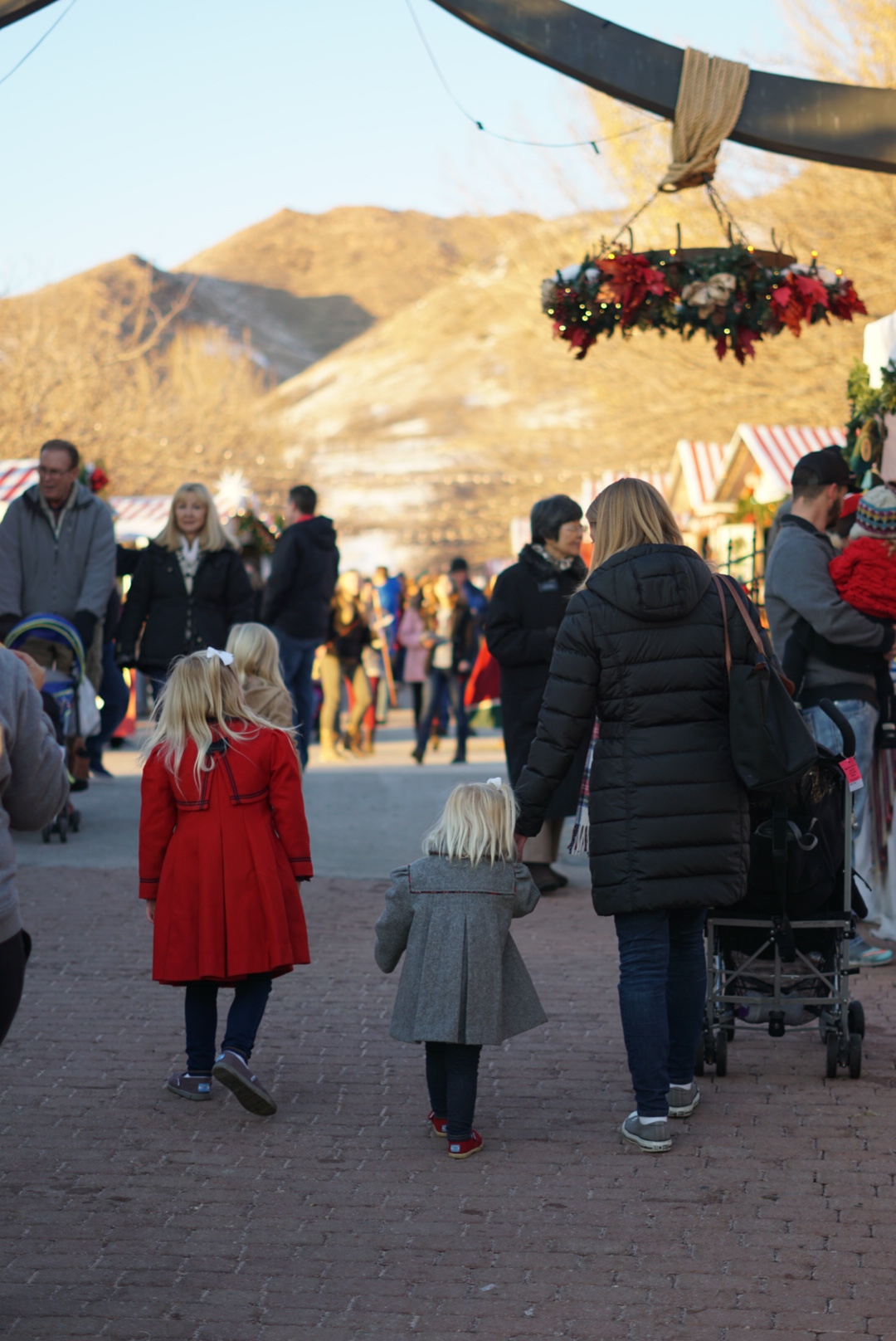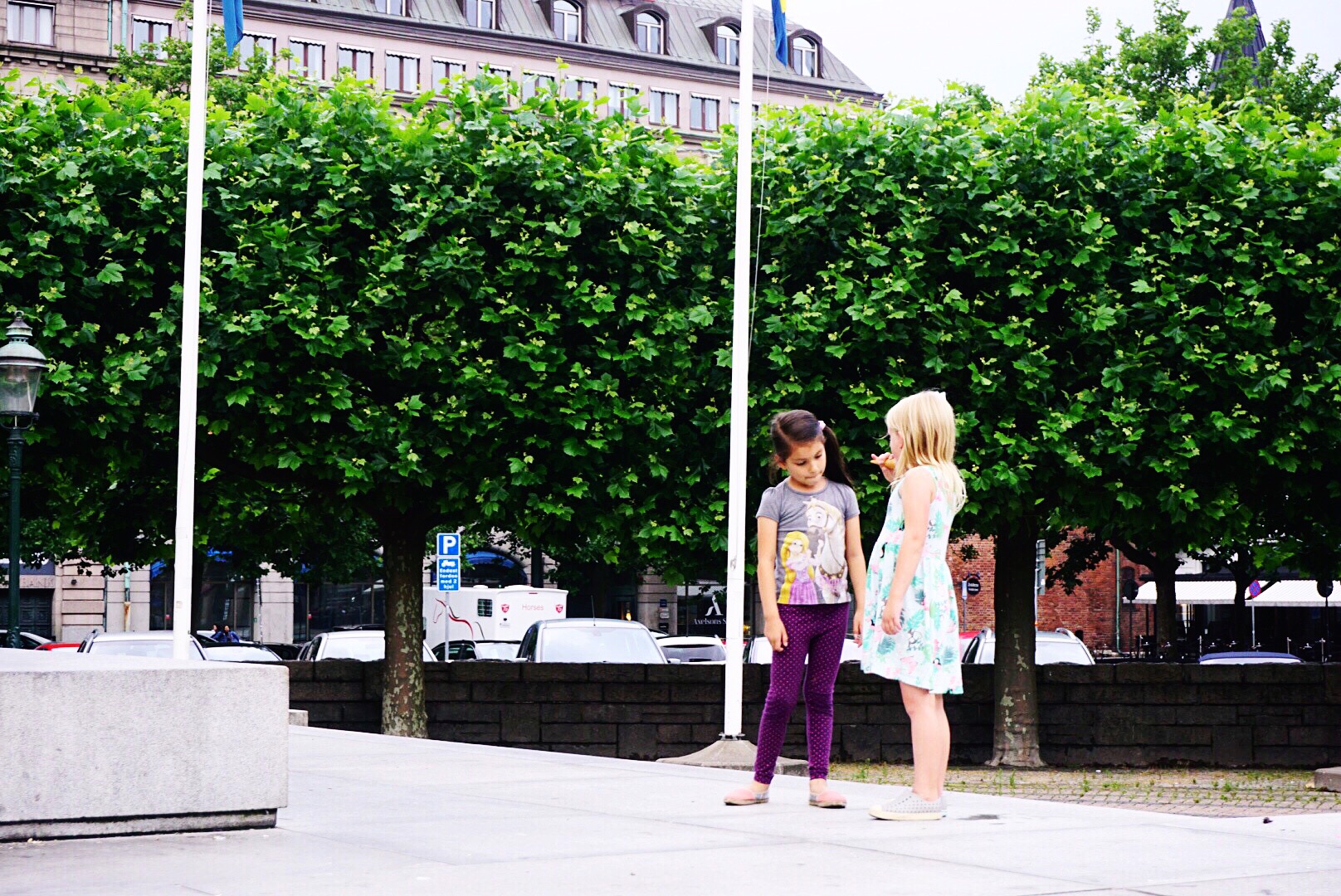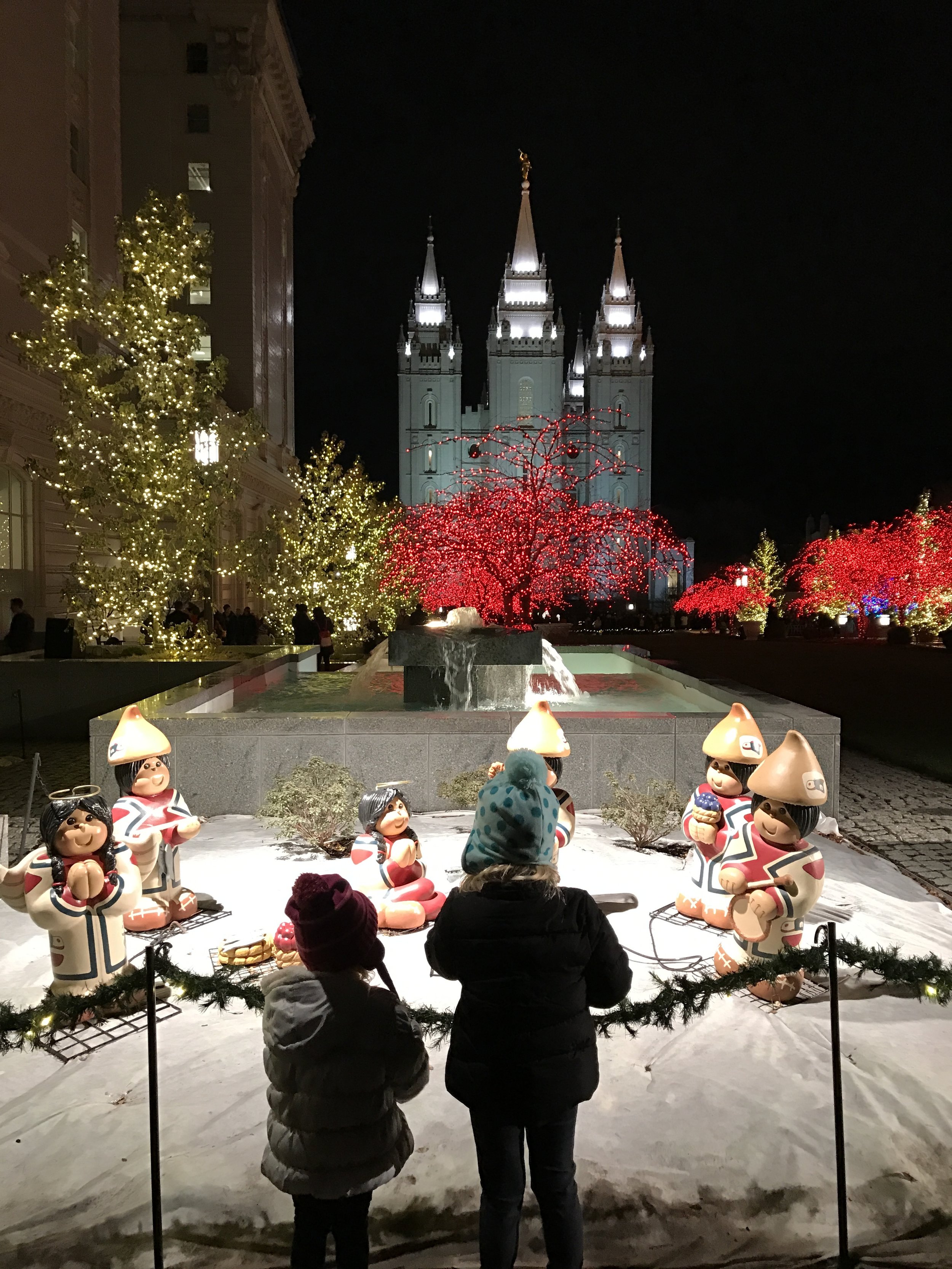One of the main reasons we travel is to help our kids develop a better sense of what it means to be global citizens. We hope to teach our kids to appreciate, communicate, and interact with people across different cultures and in different countries and to inspire our kids to be curious about the world around them. In addition to traveling the world, there are several ways that we've found we can help our kids develop global citizenship. We've listed our tips below and we'd love to hear if you have any to add.
1. Try cuisines from around the world. Using food is probably one of the easiest ways you can introduce your kids to new cultures. We have made a point of trying a new cuisine once a month. We started off this challenge with food that we knew our kids would like (Mexican) because they were already familiar with most of the ingredients and spices so it wasn't too foreign. Sometimes we take our kids out to ethnic restaurants, or sometimes we make food at home. Most cuisines have some basic staples that all kids like (rice, tortillas, nan, pita bread) and each time we try a new type of food we ask our kids to taste a few bites of everything we've ordered. It doesn't always work, but usually they will take few bites and find something they like. Another way we've incorporated new cuisines is with the "Try the World" food subscription box. Each month we receive a box with snacks from a different country. When we are trying cuisines from other cultures we usually end up talking about that country or culture and sometimes we find a YouTube video to watch or book to read as we discuss a particular country.
2. Travel to new places. Not surprisingly, we think travel is an important way to open kids' minds. When we travel we learn so many things about different people and cultures. However, this does not mean you need to take an exotic trip out of the country to give your kids this experience. Instead, try to find places you can take your kids where they can experience something different from their every day life. If they live in the suburbs, take them to a big city. If they are accustomed to the desert, take them to the ocean or to a national park. Sometimes all you need to do is drive to a different part of town to get an entirely new cultural experience. For example, in larger cities like New York City or San Francisco, you can take your kids to Chinatown or Little Italy and feel like you are in a completely different country. We live to drive to more rural parts of Utah to experience life at a slower pace and to see how people live differently than us.
3. Learn another language. Anyone can learn a new language (although it can get harder with age). Children who grow up learning another language develop empathy for others and a curiosity towards other cultures and ideas. Our daughters have been learning Spanish since they were three and are in a dual-immersion school where they speak English for part of the day and Spanish for part of the day. They have been able to use this language when we travel around the world and when we are in areas in Utah where people speak Spanish. Once children have learned a second language it is often easier for them to learn additional languages. If you don't have access to schools nearby you that have language programs you can find apps to teach kids languages (we like Rosetta Stone and Gus on the Go), listen to music and read books in other languages, or you can make friends who speak other languages through your community.
4. Read books. There are a wide range of books available to help expose kids to people of other cultures, different countries, and different ways of life. We use reading to help expand our kids' minds on a variety of topics, especially diversity. One preschool book we love to read is "Little Blue and Little Yellow" by Leo Lionni because it references tolerance and diversity in friendship. When we go to the library or bookstore we spend time in the sections that feature different languages and countries to see what is available. Our local library also has a whole section of books on diversity and multicultural studies. Reading gives kids an opportunity to experience life in someone else's shoes. When my kids are able to picture what life is like for other kids around the world it expands their worldview and helps them realize that not everyone has the same experiences as them and that we should take time to learn from others.
5. Look for local cultural experiences. This is probably one of our very favorite things to do (and is usually food related). Our community has an Oktoberfest, Swiss Days, and a Greek Festival that we love to attend every year. In addition to great food, we expose our kids to music and cultural ceremonies from other countries. Because our children attend a Spanish-language school we also have the opportunity to participate throughout the year in cultural festivals and events their school plans. We also like to celebrate the arts and try and attend plays, art shows, and musical performances in our community. I usually find out about local and community cultural events through online searches, our local newspapers, and by word of mouth. These cultural experiences give kids an opportunity to learn about other people and countries in a fun and entertaining way.
6. Participate in service projects. We just finished a service project for refugees in our community, so service has been on our mind a lot lately. When we serve others we learn to love them. It is almost impossible to serve someone and remain ambivalent towards them. We have found that by serving others we can break down cultural barriers and communicate through the language of love. We find most of our service opportunities through our schools and local charities. We like to participate in service that directly affects people we know, just because it is easier for our kids to understand and feel a connection to what we are doing. If you need more tips for finding service opportunities where you live, send me a message and I'd be happy to help.
7. Help kids develop diverse friendships. One of the main ways we have found to become culturally aware is to connect with REAL people. When our kids have friends from different backgrounds (whether they have cultural, racial, financial, physical, or religious differences) they begin to understand that even though we have differences, we also have similarities. They learn to celebrate diversity in others and not be afraid of it. We have found friends through cultural experiences, school, extracurricular activities, church, and sometimes just running around the park. When my kids notice something different about another kid, we talk about their differences and strengths and encourage them to go get to know that kid better.
We hope some of these ideas will help you look for ways you can raise your kids to be global citizens. And, we'd love to hear your ideas. Feel free to comment below or send us a message. When we celebrate diversity and raise our children to be citizens of the world we can change the world for the better.


